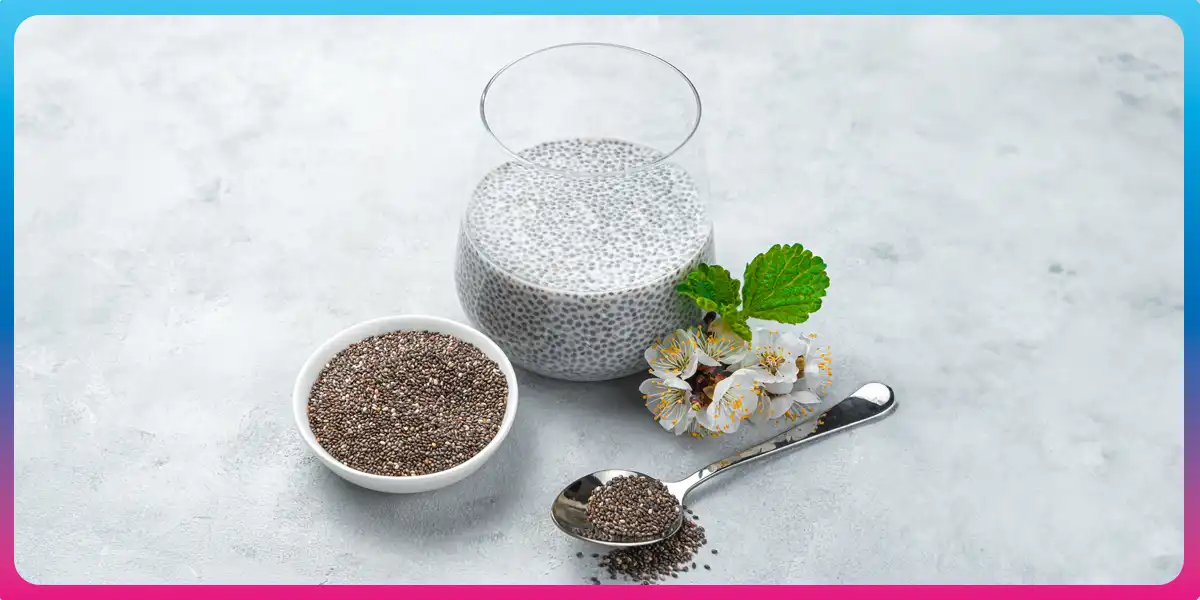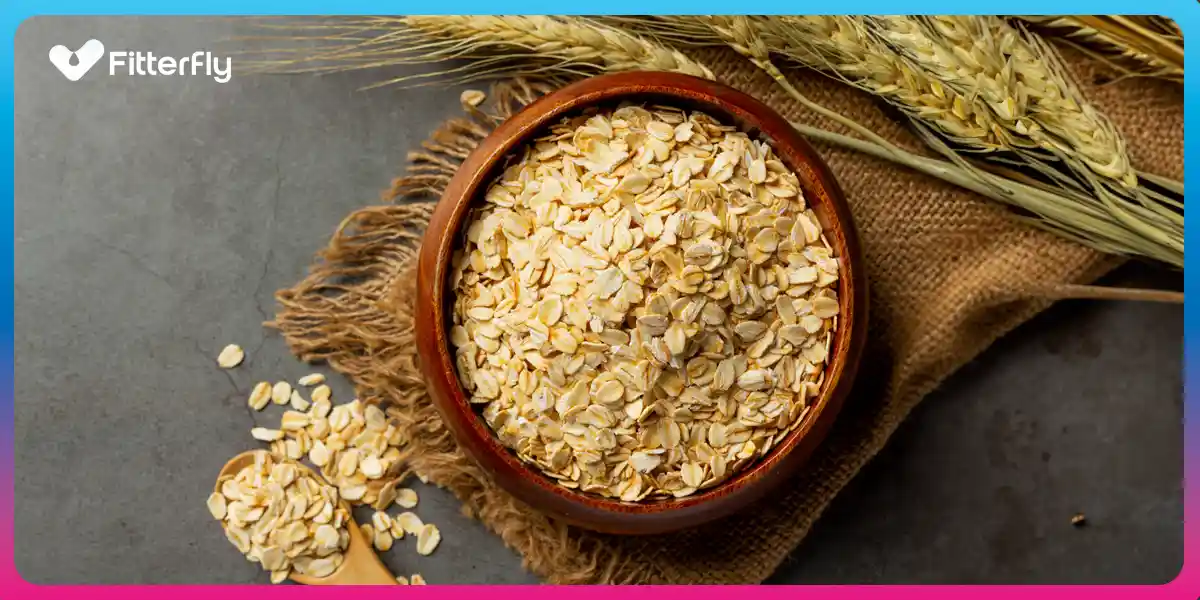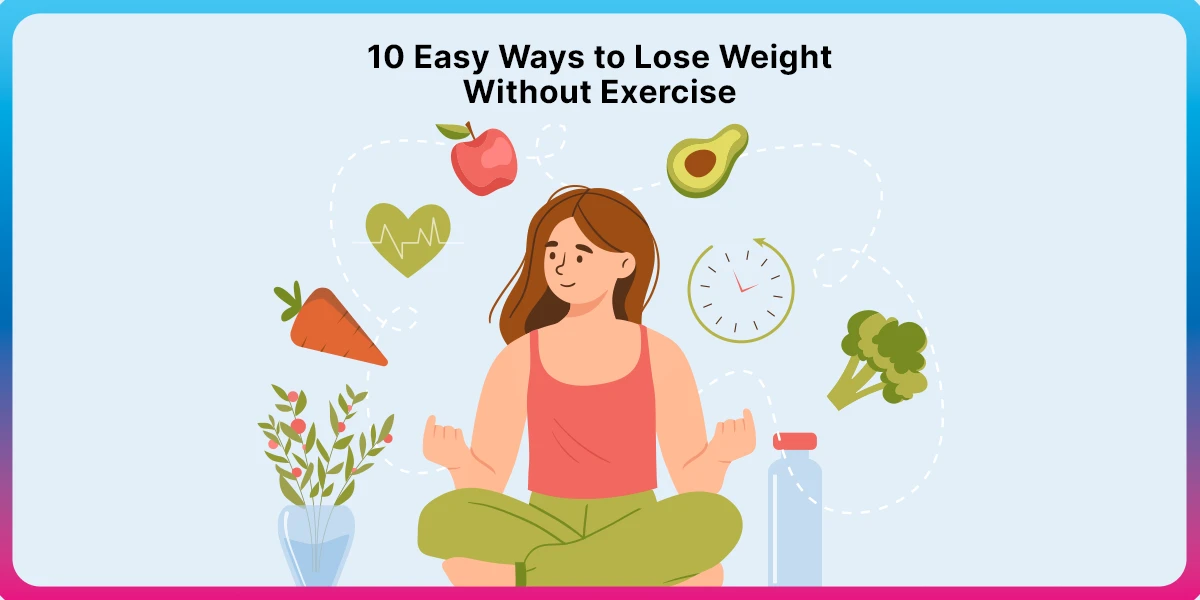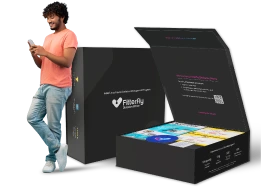Top Questions Answered by Experts on CGM Sensor
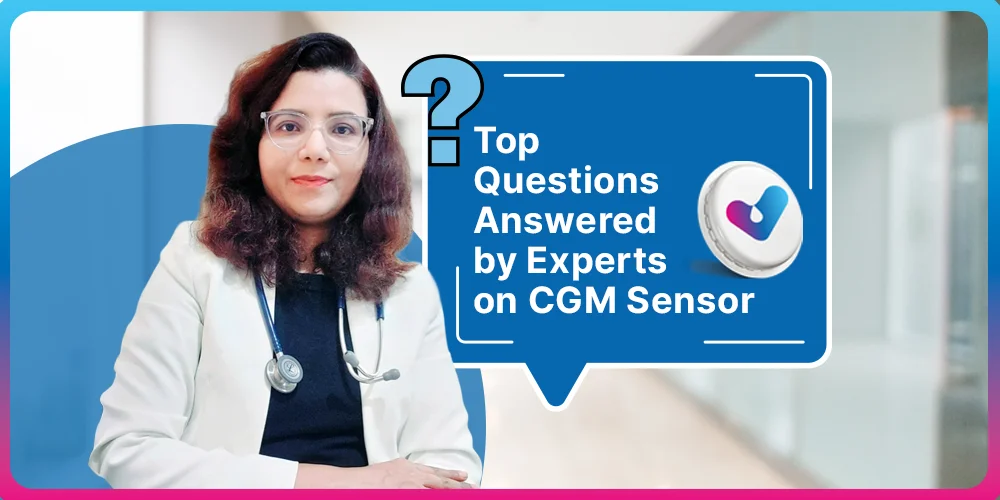
Wearing a Continuous Glucose Monitoring (CGM) device has been a game-changer for many of us dealing with diabetes. It’s not just a gadget; it’s like having a personal blood sugar assistant that makes life a bit easier.
Now, we know when you first got into the CGM world, you had tons of questions. But don’t worry, we’ve got your back!
Our team of experts has provided some super helpful answers to the most common CGM queries. So, if you’re feeling a bit lost or curious about this tech, we’ve got you covered. Let’s learn them all, bit by bit.
Things to know before applying a CGM sensor
Before you jump into applying the CGM sensor, here are some essential things to know:
1. What is CGMS (Continuous Glucose Monitoring System)?
CGMS stands for Continuous Glucose Monitoring System. It is a small sensor-based device that continuously tracks a person’s interstitial fluid glucose levels in real-time, providing valuable data to help improve metabolism, manage diabetes, and make informed decisions about medications and lifestyle choices.
2. How long does a CGM sensor last?
Once activated, the CGM sensor does indeed last for 14 days providing glucose readings every 15 minutes, resulting in 100 readings/day, and 1400 glucose readings over the two-week period.
Things to know while Applying the CGM Sensor:
Now, let’s explore the key steps and considerations when applying the CGM sensor.
1. Where to apply the CGM sensor?
Apply the CGM sensor on the back of your upper arm for a safe and secure placement. If you usually sleep on one side, put the sensor on the other arm for more reliable glucose monitoring through the night.
2. How to apply the CGM sensor?
Here’s a step-by-step guide for applying the sensor: –
- Clean the chosen site on the back of your upper arm with the alcohol swab provided. Peel the sensor pack lid and unscrew the sensor applicator cap.
- Place the applicator on the pack, align the dark marks, and press down firmly.
- Lift the applicator out. It is now ready for application.
- Place it over the selected application site, and push firmly to apply the sensor.
- Gently pull away making sure that the sensor is secure.
- Discard the used pack and applicator.
Watch this video for visual guidance.
3. Will applying the CGM sensor be painful?
You’ll hardly notice the CGM sensor after the initial quick prick, and any discomfort usually subsides within 24 hours.
4. When is the best time to apply the CGM sensor?
CGM can be applied any time of the day as it is applied in OPD after consultation with your healthcare provider, however if you are applying at home then apply the sensor after 8-10 hours of fasting, before any meals, medications, or exercise. This ensures a stable glucose level, making it easier for the sensor to self-calibrate.
Things to know after applying a CGM sensor
Now that your CGM sensor is in place, let’s address common concerns and offer guidance.
1. How do I correctly scan my CGM sensor with the app?
Scanning your CGM sensor is easy and can be done from the ‘Home’ screen or the ‘Sensor’ tab in the ‘Glucose Diary’. Just click on the ‘Scan’ button and hold the top (iOS) or back (Android) of your phone close to the sensor.
Wait a few seconds for the scanning process to complete, and you will receive a vibration confirmation once it’s done.
Watch this video for visual assistance.
2. How often do I have to scan my CGM sensor?
You can scan your CGM sensor as many times as you want once it’s activated. But it’s important to remember to scan it at least once within 8 hours to ensure there is no loss of readings.
3. What happens if I forget to scan my CGM sensor every 8 hours?
You’ll see gaps in your graph as the CGM sensor can save the readings for only 8 hours at a time.
4. Is this CGM sensor waterproof? Can I bathe or swim with it?
The CGM sensor is water-resistant up to 1 meter (3 feet) of water, so you can swim and bathe with it. Avoid keeping it submerged for more than 30 minutes at a time.
5. The skin around my CGM sensor is itchy and seems irritated. What should I do?
If you experience significant or persistent sensitivity to the adhesive on the CGM sensor, you can remove it and inform your Member Support Executive. To remove the sensor, gently lift the edges of the adhesive and pull it off in one motion. You may experience some mild discomfort, but this should subside quickly.
6. While the CGM sensor is active, do I still need to check my blood sugars using a glucometer?
It is recommended to crosscheck your sensor glucose readings with blood glucose using a glucometer in certain situations, even when the CGM sensor is active. These are times when sensor readings may not be accurate and should not be used to make a diabetes treatment decision.
These situations include:
- When you suspect that the sensor reading may be inaccurate
- When you experience symptoms that may be due to low or high blood glucose
- When you experience symptoms that do not match the sensor glucose readings
- During the first 24 hours of wearing the sensor since the sensor is still adjusting to your body that day
- During times of rapidly changing glucose (more than 2 mg/dL per minute)
- To confirm hypoglycemia or impending hypoglycemia as reported by the sensor.
7. What if the fasting blood glucose from the sensor, glucometer, and/or lab test don’t match?
The lab test measures glucose from venous blood, the glucometer from capillary blood, and the sensor measures from the interstitial fluid. Glucose travels from blood to interstitial fluids so interstitial glucose is behind blood glucose. This is why a little difference is expected and is normal.
8. When and how should I remove my CGM sensor?
After 14 days or if the sensor has been confirmed faulty or dislodged by your Member Support Executive, remove the sensor.
Here is the step:
- Peel off the blue sticker if you applied it
- Gently lift the edges of the sensor adhesive and pull it off in one motion.
- If it becomes difficult, apply oil around the edges of the adhesive and wait before attempting to peel off the sensor.
- You may experience mild discomfort but should subside quickly.
It’s normal for the skin under your CGM sensor to appear dry and flaky. Just moisturize it well, and it should improve within a few days.
Watch this video for details on sensor removal.
FitterTake
So, there you have it, from sticking on the sensor to scanning for glucose levels, navigating the blood glucose levels with Continuous Glucose Monitoring just got a whole lot simpler.
Remember, your CGM is like a trusty sidekick, providing insights for better diabetes management. Embrace the ease, and let your CGM be the guide on your journey to a healthier, more informed you!
If your goal is to attain diabetes remission, enroll in Fitterfly’s Diabetes Care Program, designed by skilled diabetologists with expert dieticians, psychologists, and physiotherapists, who will help you with a personalized diabetes care plan.
Want to know more? Just give us a missed call at 08069450746, and we will definitely reach out to you.
Fitterfly's Diabetes Prime Program
clinical term for Diabetes Reversal















